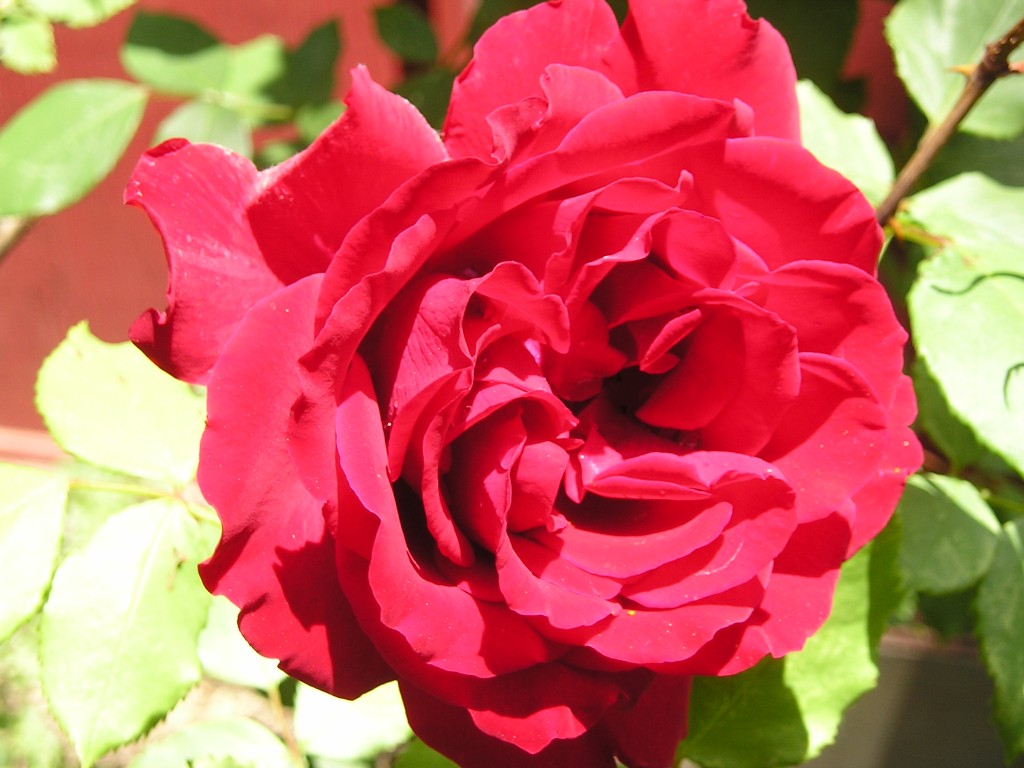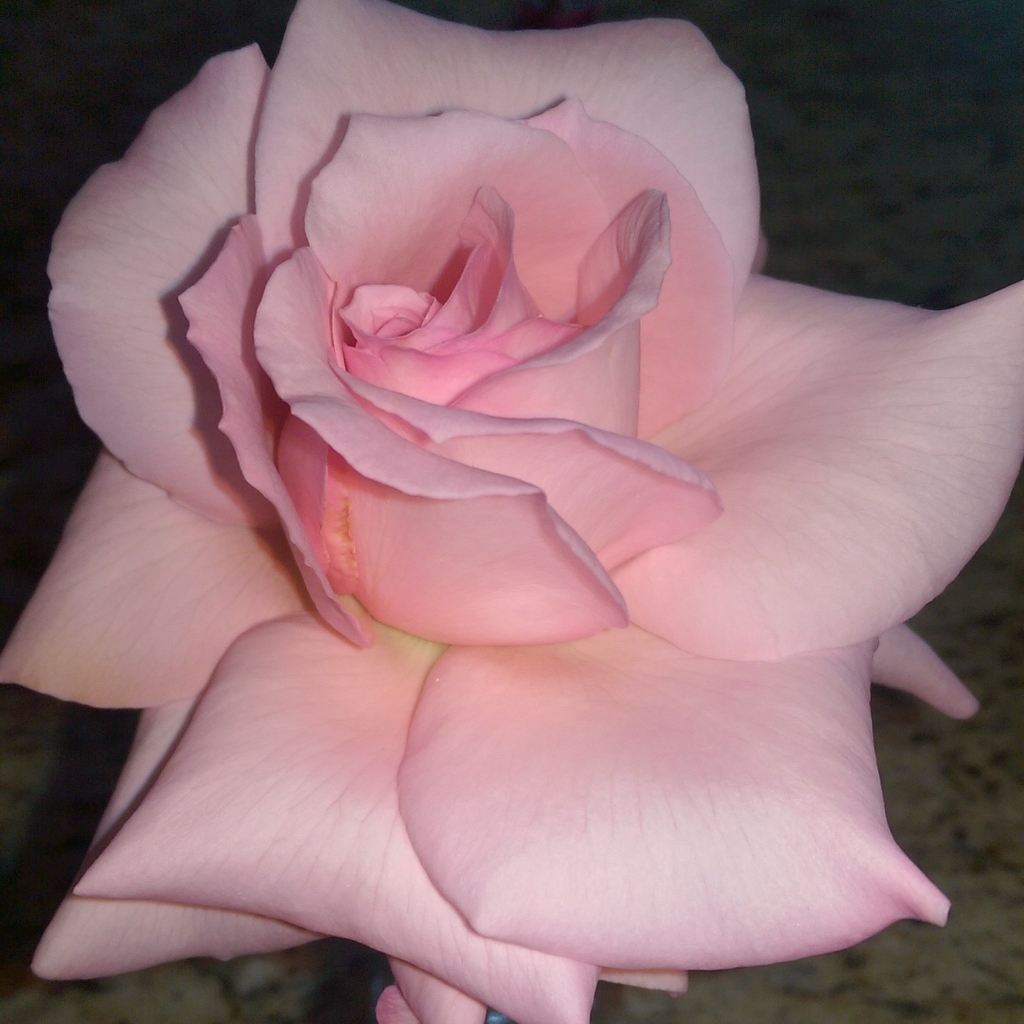
Basic Steps for Planting and Caring for Roses.
Loosen the soil and dig a hole twice the size of the root ball. Leave some loose soil below the root ball so that the roots can easily establish themselves. Now, in colder climates you will want to dig deeper and set the rosebush base 2 inches below the soil line. Unlike many other plants this can cause rot but the rosebush will adapt.
Do not prune roses in the fall simply cut off any dead or diseased canes. Stop fertilizing 6 weeks before the first frost but continue watering during dry autumn weather to help keep plants fortified during the dry winter. Mount mulch or add compost after a few frost’s but before the ground freezes. This will protect them during a bad and cold winter.
Never fertilize a new rosebush with anything other than bone-meal.
The site you choose for your roses should have good drainage and 4-5 hours of Sun. Do not overcrowd the area with other plants unless you are growing climbing roses; They do not mind company.
The need for watering varies greatly throughout the year and is directly related to the amount of rain that has fallen. A newly planted rose Bush needs water three to four times a week. An established rose plant needs water once or twice a week. More if it is hot. It is best to water as close to base of the rose as you can. Watering on foliage can lead to some diseases.
A green fly and caterpillars are the most common pests. Green fly and caterpillars can be removed by hand in the earliest stages. Rose dust is effective against most pests along with black spot and powdery mildew. We recommend you spray at the first sign of disease.
There are two good reasons to deadhead to encourage repeat flowering and to the stop see Rose producing seeds in the hips which are formed after flowering. So that it has more energy for repeat flowering it is an opportunity to shape your shrub deadheading should be done as soon after each flowering as possible up to late September.
As found on Youtube

